Autumn is one of the best times to visit just about any national park in the system. With the summer over, and when the kids have gone back to school, gone are the crowds of campers, families, and tourists who leave behind a dusty pattering of the first season’s frost and an ever-growing layer of fall foliage. It’s somewhat startling, in fact, to see how quickly the crowds dissipate. Once-bustling trailhead parking lots overflowing with eager (and probably annoyed) hikers empty of traffic—and it turns out the satisfaction of nabbing the best spots is in part a product of the competition.
The best things about autumn are the temperatures and the leaves. The summers can be scorching nowadays, but the yielding temperatures of autumn make excursions more pleasant. Of course, the fall colors are spectacular, too. The hardwood decidous trees of the eastern U.S. and the maple, larch, and aspen across the west paint swathes of the forest foliage hues of gold and vermilion in their final act of life before the dead of winter.
Here, among other things, are the best places to find them.
Appalachia and the East Coast
The deciduous forests of the East Coast are older than those in the West, and they’re composed of a much greater proportion of broadleaf trees than those forests of fir and pine you’ll find west of the Mississippi. That means they’re the best place on the continent to witness the spectacular change that happens as summer turns to winter. Great Smoky Mountains National Park, the Blue Ridge Parkway, and Shenandoah National Park are a few of the best. In the Smokies, a common misperception suggests the peak of the fall colors occurs in mid-October. The maple, oak, sweetgum, and hickory start to turn as early as mid-September above 4,000 feet in elevation, and the color slowly spreads to lower elevations, peaking between mid-October and November.
Acadia National Park is another amazing fall spectacle. The park is famous for its fall foliage, and it is one of the most popular for photographers. The maple, birch, oak, hemlock, and aspen begin their turn in mid-September. Maine even has an official fall foliage website to help you track the turn throughout the state.
Go here:
The Rocky Mountains
While the forests of Appalachia claim the crown when it comes to fall color, that doesn’t mean the forests farther west lack colorful displays in September and October. Glacier National Park, Grand Teton National Park, and Rocky Mountain National Park are several of them, and these parks have an added bonus: The fall is the mating season for elk. Their haunting bugles pick up in mid-September and last through mid-October. The aspen, so prevalent throughout Colorado, start to turn in August at higher elevations, reaching their peak by late September, give or take a couple weeks.
Go here:
Sleepers out West
Yellowstone and the Tetons are widely regarded for their geothermal activity and wildlife displays. Lost is the color of the fall among the bugling elk and the first snows once the summer ends.
At Yellowstone National Park, smaller crowds is one of the prime advantages of the shoulder season, but the park remains busy until the snows come. The wildlife are always a spectacle at Yellowstone, and the fall marks a new season. The bison rut begins in August. The elk rut soon thereafter, and the pronghorn begin their annual migration. The fall colors, muted in comparison to other parts of the country, are still vibrant in the understory, where the thimbleberry, geranium, and dogbane light up in hues of red, orange, and yellow.
Go here:
The Olympic Peninsula and Olympic National Park probably aren't the first places that come to mind when you think of the autumn, and the rain that visits the mountains here might compel you to wander elsewhere. Don't. The understory erupts when the rains come, the forest floor sprouting in uncountable mushroom species around the same time the maples start to lose their leaves.
Go here:
Near and above treeline at Mount Rainier National Park, you’ll find two fall color displays. Larch are conifers, but they’re considered deciduous because they lose their needles in the autumn. Not before the needles turn bright yellow. The larch are on display most notably in the White Pass and Chinook Pass areas.
Go here:
- Tipsoo Lake (larch)
- Dewey + Anderson Lakes (larch)
North Cascades National Park has a surprisingly colorful fall display, especially when the larch and maple turn gold. Mid-October is prime for the deciduous conifer, a magnificent sight when set against the white granite of the area or the snowcapped peaks themselves.
Go here:
Yosemite National Park is beautiful throughout the year, and while the park is best in spring when flows at the falls are peaking and the crowds are still warming themselves from the cold of winter, there are pockets of fall foliage if you know where to find them. The season is late, too—lasting into November in some areas. Look for dogwood, which line the highway from the south and northwest, maple, oak, cottonwood, and aspen at elevation.
Other favorite parks that show off some stunning fall adventures:
- Crater Lake National Park, Oregon
- Lassen Volcanic National Park, California

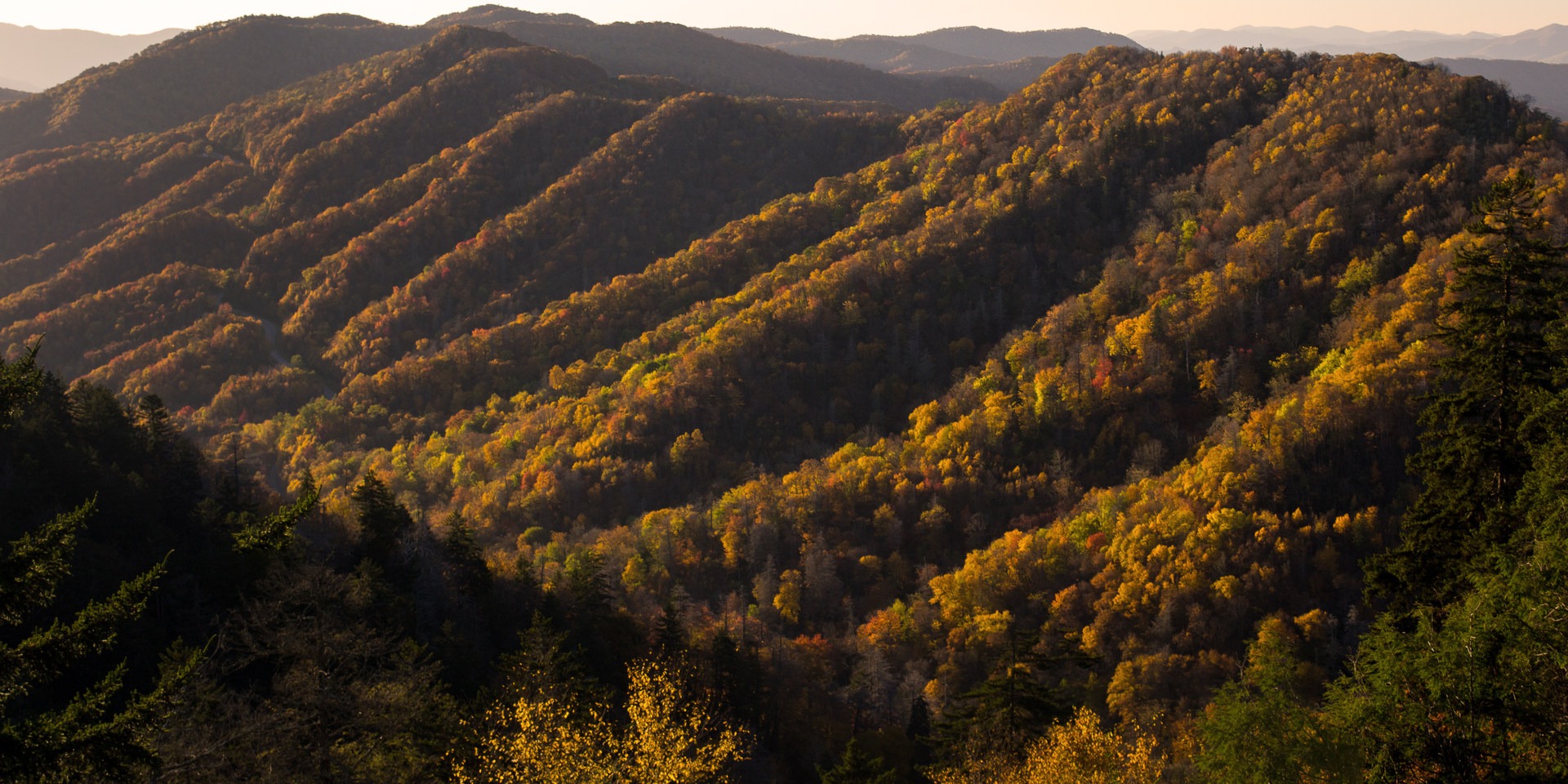
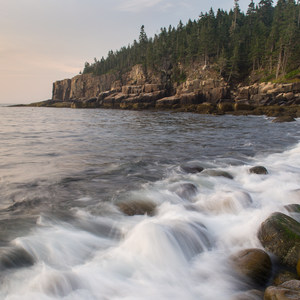
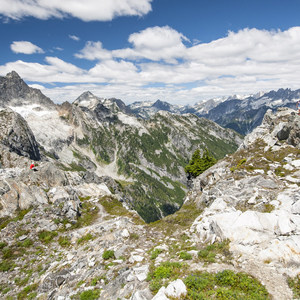
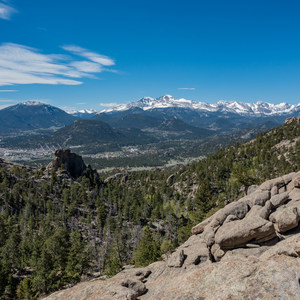
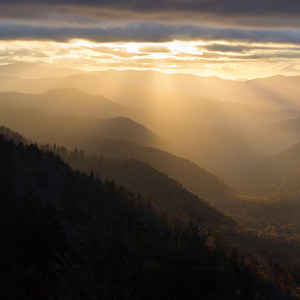
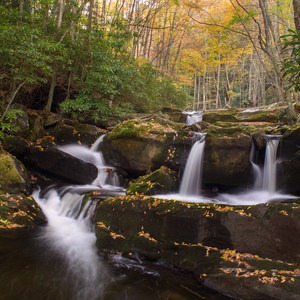
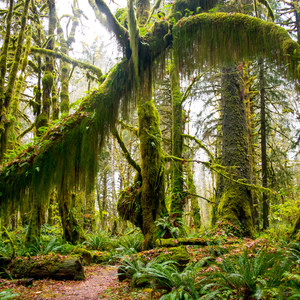
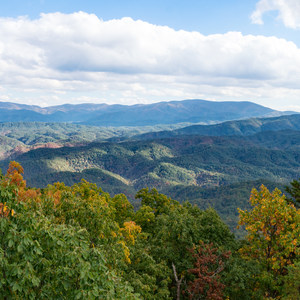
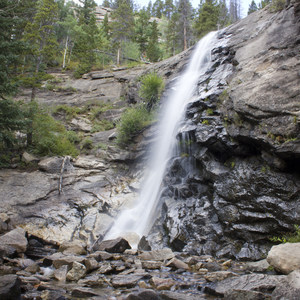



Comments
Sign In and share them.